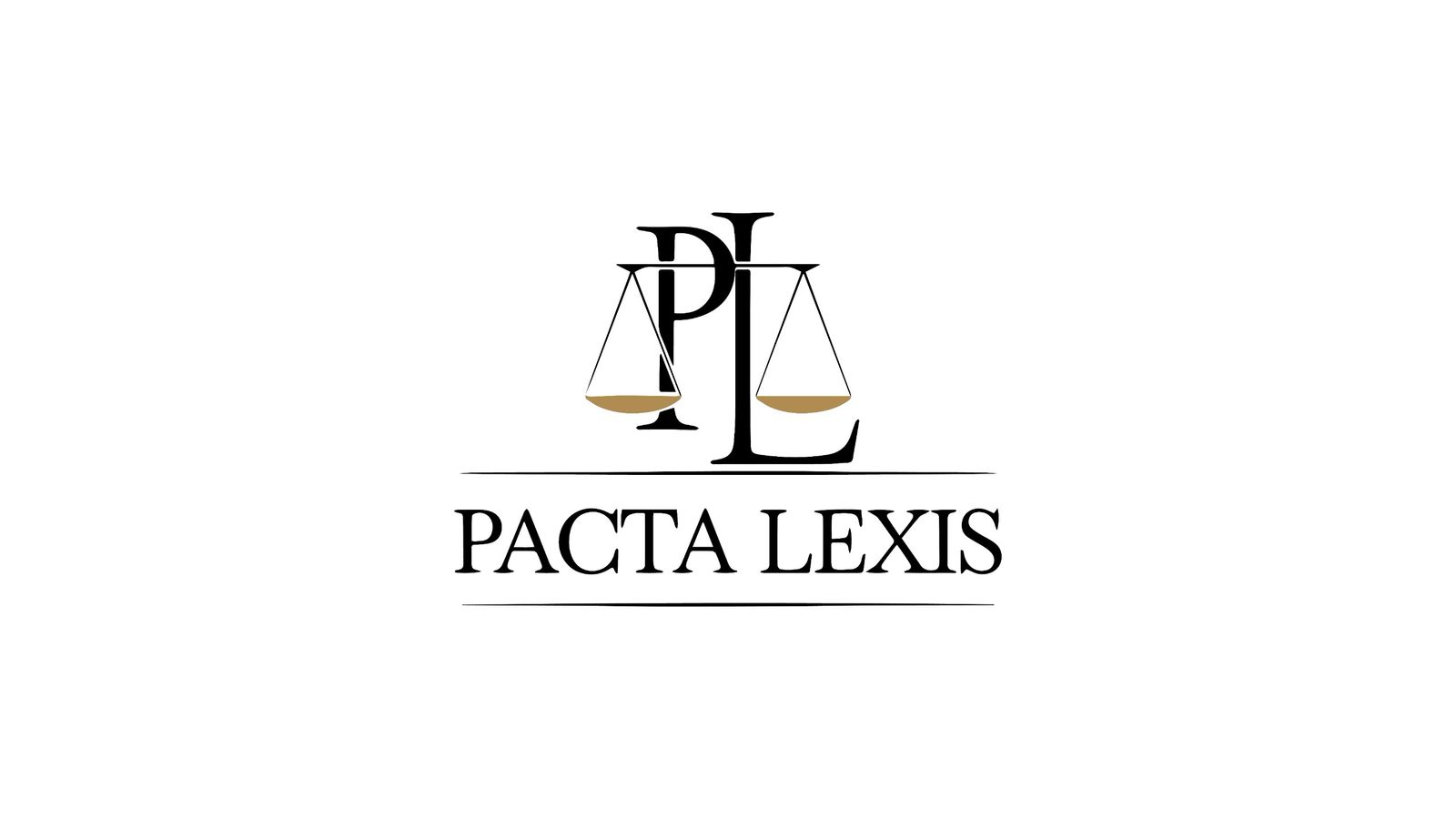Executive Summary
Artificial Intelligence (AI) is increasingly used in international arbitration to assist with document review, legal research, predictive analytics, and even drafting award templates. While AI promises efficiency and cost reduction, there are significant legal and ethical risks: bias, lack of transparency, threats to due process, confidentiality breaches, and uncertainty about enforceability. This brief outlines the current regulatory trends, identifies gaps, and provides policy recommendations to ensure that AI’s integration into arbitration serves justice and maintains legitimacy.
Current Context and Trends
- Increased Use of AI in Arbitration
- A 2025 study, Setting the Boundaries for the Use of AI in Indian Arbitration, explores how AI is being employed in drafting awards and managing procedural work. It highlights concerns around data leakage, algorithmic bias, and enforceability of AI-assisted arbitral decisions. MDPI
- Globally, legal practitioners are experimenting with AI tools but many jurisdictions lack binding rules governing their use.
- Guideline Developments
- Some institutional guidelines are emerging. For example, the “SVAMC Guidelines on the Use of Artificial Intelligence in Arbitration” (China) require participants to understand limitations of AI tools, protect confidentiality, and ensure that decision-making responsibilities remain with human arbitrators. cicc.court.gov.cn
- Confidentiality and AI usage clauses are receiving academic attention, such as in “AI and Confidentiality Protection in International Commercial Arbitration” which calls for explicit contractual provisions regarding data submitted to AI tools and tribunal oversight. SpringerLink
- Legal Reform Movements
- In Pakistan, the Arbitration Law Review Committee has proposed a modern Arbitration Bill (2024) to update old legislation, reduce court interference and strengthen enforcement. This gives a chance to integrate AI regulation proactively into domestic arbitration law. PID+2Dawn+2
Key Legal and Ethical Challenges
- Bias & Fairness: AI systems often rely on historical data which may contain systemic biases (e.g., favoring certain jurisdictions, legal styles). Without audit and oversight, these biases can perpetuate injustice.
- Transparency: If a party uses AI in drafting or analysis, there must be clarity on which tools are used, how decisions or suggestions are generated, and whether the other side had a chance to inspect or contest them.
- Due Process & Party Autonomy: Arbitration depends on party agreement and fairness. If AI recommendations become de facto compulsory, or if parties are pressured to accept AI analyses, this undermines autonomy.
- Confidentiality & Data Protection: Sensitive documents may be uploaded into AI systems; without strong safeguards, there’s risk of data breach or misuse.
- Enforceability: Awards or procedural outcomes heavily influenced by AI tools may face challenges in recognition/enforcement if the tribunal’s procedures are opaque or if a court finds lack of due process.
Comparative Policy & Regulatory Examples
| Jurisdiction/Institution | Key Developments |
| India | The “Setting the Boundaries for the Use of AI in Indian Arbitration” paper suggests guidelines for disclosure of AI use and liability for wrong or misleading AI-generated content. MDPI |
| China | SVAMC Guidelines provide structured rules for AI use in arbitration, including that AI does not replace human decision-making. cicc.court.gov.cn |
| Pakistan | Proposed Arbitration Bill 2024 aims to modernize arbitration law; opportunity exists to incorporate AI regulation in domestic arbitration law. PID+1 |
Policy Gaps
- Many jurisdictions lack mandatory disclosure requirements for AI usage in arbitration.
- There is generally no uniform standard for auditing AI tools used in arbitration.
- Few legal frameworks address liability if AI assists but leads to flawed or biased outcomes.
- Confidentiality clauses often do not explicitly cover AI-generated or AI-processed outputs.
- Courts may be unprepared to assess fairness/enforcement if AI played a significant role in arbitration proceedings.
Policy Recommendations
- Mandatory Disclosure of AI Use
- Arbitrators/parties should be obliged to disclose any AI tools used (name/version), how they are used (e.g., for research, drafting), and settings or parameters relevant to the tool.
- Standard Guidelines for AI in Arbitration
- Develop uniform guidelines modeled on best practices, e.g., SVAMC, India proposals, for transparency, fairness, and confidentiality.
- Audit and Oversight Mechanisms
- Introduce third-party audit or verification of AI systems used in arbitration to detect bias or errors.
- Contractual Clauses Addressing AI
- Arbitration agreements should include clauses governing AI use, confidentiality, data protection, human oversight, and liability for errors.
- Enforcement & Judicial Training
- Courts and enforcement authorities should develop capacity to assess the propriety of AI’s role in an arbitration when validating or setting aside awards.
- Data Protection Laws Harmonization
- Ensure that AI use complies with applicable national/international data protection laws (e.g., GDPR in Europe).
- Ethical Frameworks & Party Consent
- Parties should give informed consent to AI usage. Arbitrators must ensure that AI tools do not substitute human decision-making.
Implications for Stakeholders
- Arbitrators & Institutions will need to update institutional rules/procedures, train arbitrators on AI literacy, and adapt panels to include technical or AI-knowledgeable members.
- Legislators have an opportunity (as seen in Pakistan) to integrate AI regulation into upcoming arbitration laws.
- Law Firms & Parties will need to develop internal policies regarding AI use to protect client confidentiality and avoid risk.
- Courts & Enforcement Bodies must be prepared to scrutinize procedural fairness where AI played a role, including challenges to enforceability.
Conclusion
AI’s integration into international arbitration is advancing rapidly and carries both promise and risk. Without adequate regulation, the legitimacy of arbitration could suffer. On the other hand, properly governed, AI can enhance efficiency, reduce cost, and broaden access to justice.
Policymakers and legal institutions should act now to establish clear standards and legal frameworks. This will ensure that arbitration remains a trusted, fair, and vibrant mechanism in a digital age.
References
- “Setting the Boundaries for the Use of AI in Indian Arbitration,” Eng. Proc. 2025, 107(1), 39. MDPI
- “SVAMC Guidelines on the Use of Artificial Intelligence in Arbitration” (China). cicc.court.gov.cn
- “AI and Confidentiality Protection in International Commercial Arbitration: Analysis of the existing legal framework.” SpringerLink
- “Arbitration Law Review Committee / Bill 2024 – Pakistan”. PID+1














